
Untangling Why Red Wine Causes Headaches
Opt for lighter, cheaper wine to dodge headaches this holiday season

Untangling Why Red Wine Causes Headaches
Opt for lighter, cheaper wine to dodge headaches this holiday season
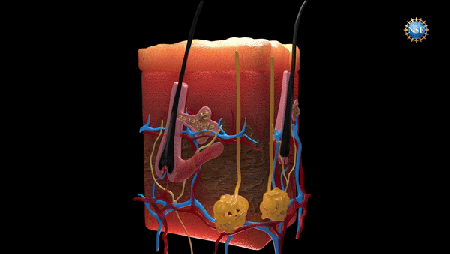
Scientists Make Living Mice’s Skin Transparent with Simple Food Dye
New research harnessed the highly absorbent dye tartrazine, used as the common food coloring Yellow No. 5, to turn tissues in living mice clear—temporarily revealing organs and vessels inside the animals
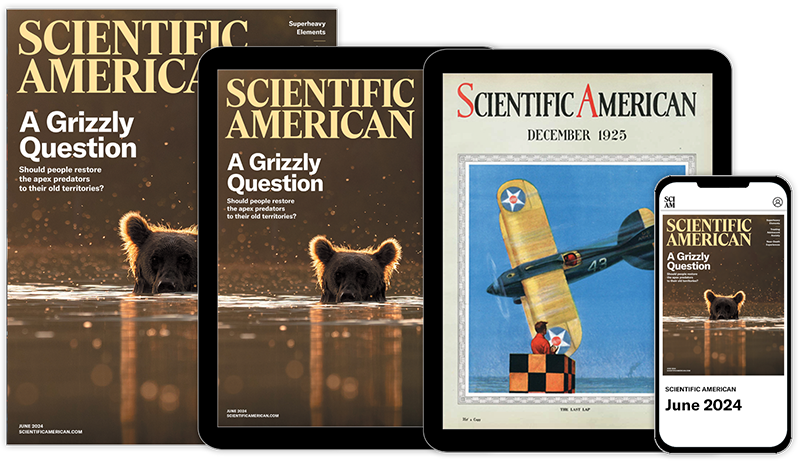
Read all the stories you want.
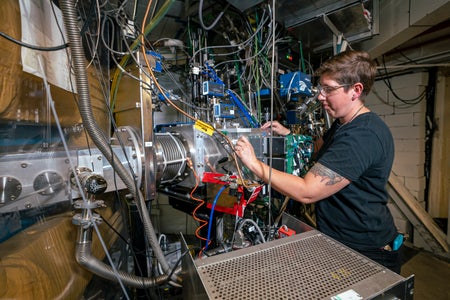
New Superheavy Element Synthesis Points to Long-Sought ‘Island of Stability’
A novel way of making superheavy elements could soon add a new row to the periodic table, allowing scientists to explore uncharted atomic realms
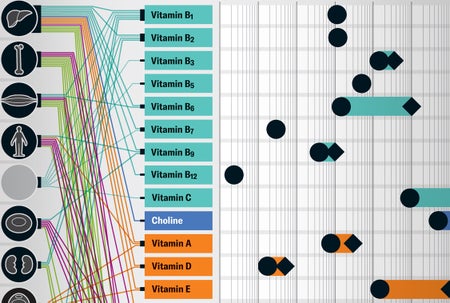
What Vitamins and Minerals Really Do in Your Body
Humans need around 30 vitamins and minerals to keep our bodies functioning

Chemists Finally Made a Compound Containing Mysterious Element Promethium
Promethium, one of the rarest and most mysterious elements in the periodic table, has finally given up some crucial chemical secrets

How Do Whole-Body Deodorants Work, and Are They Safe?
A number of whole-body deodorants are coming to market. But are they safe and effective?

Superheavy Elements Are Breaking the Periodic Table
Extreme atoms are pushing the bounds of physics and chemistry
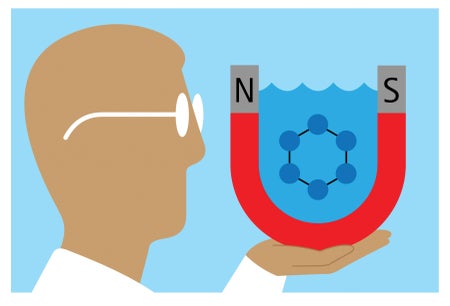
Like-Charge Particles Are Supposed to Repel—But Sometimes They Attract
Scientists think they’ve cracked the long-standing mystery of attraction among particles with a similar charge

Bouncing Bubbles Boost Boiling
A new surface uses tiny gaps to supercharge bubble formation to transfer heat

Making Chemistry Safer Is Worth the Price Tag
With chemical spills and other accidents a common occurrence, it’s becoming more expensive to maintain the status quo than to make chemistry safer
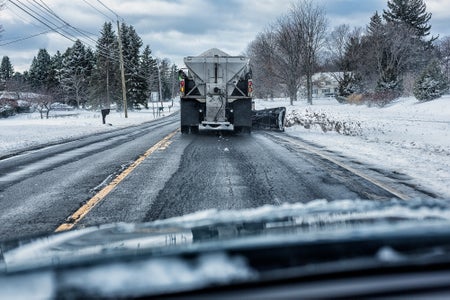
Why Does Salting Roads Make Them Safer?
How salt makes roads safer in winter—and why new methods could be better for the environment
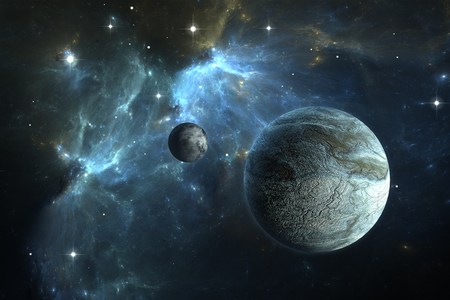
Information Theory Can Help Us Search for Life on Alien Worlds
Information theory can help us decode signs of biological activity hiding in the atmospheres of distant exoplanets